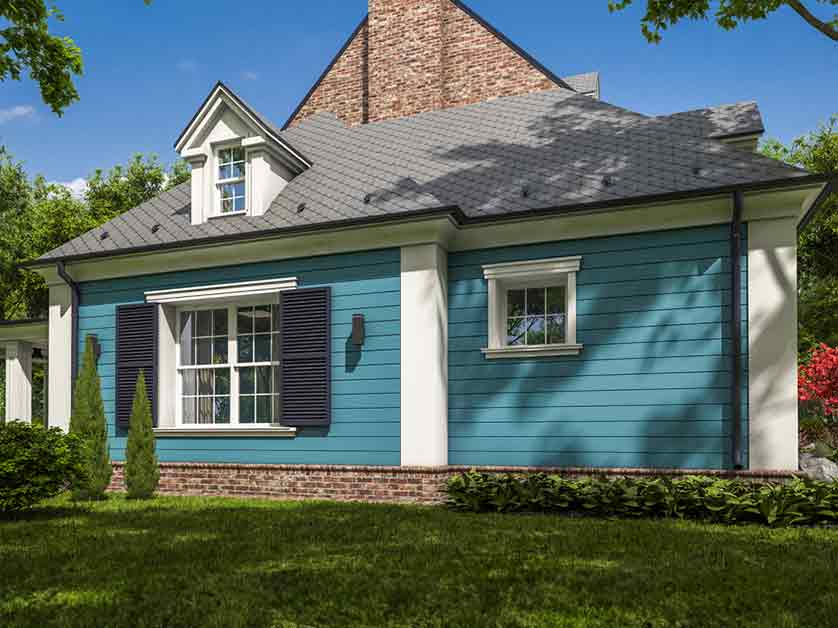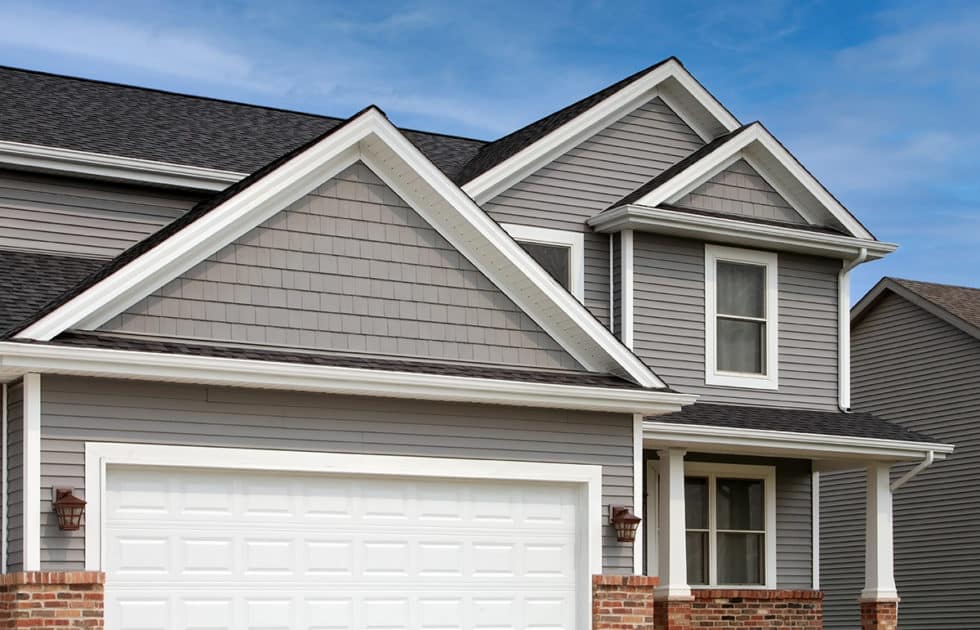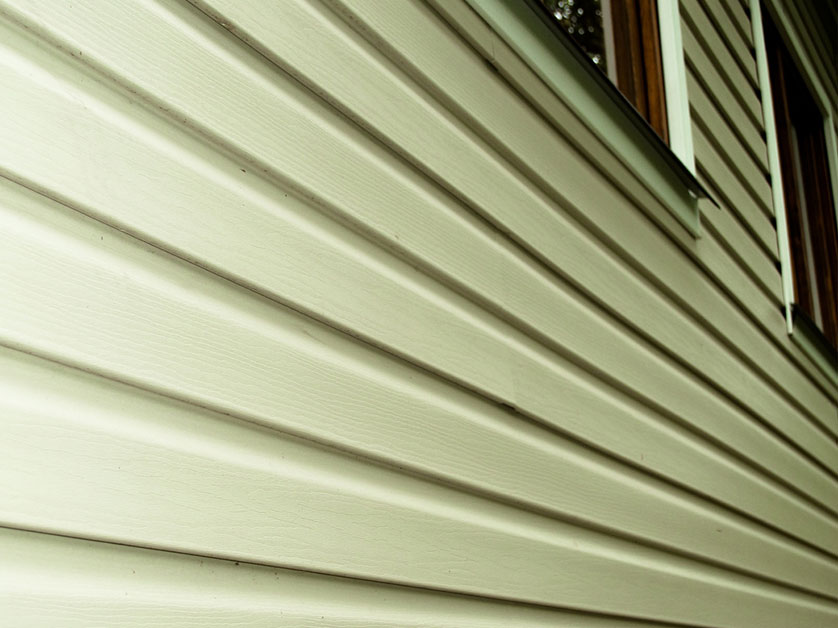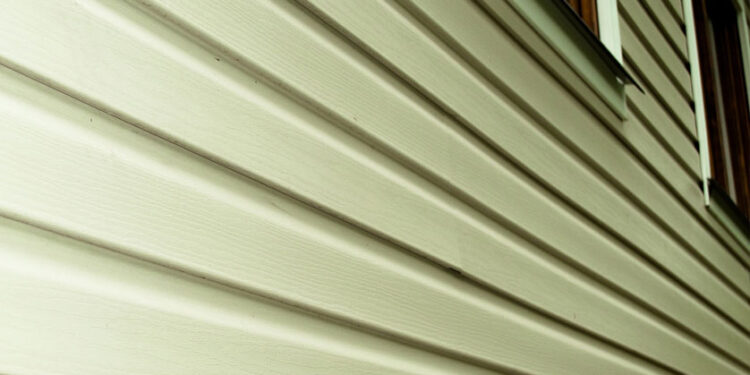Exploring the realm of Siding Materials That Boost Home Energy Efficiency, this introduction sets the stage for an informative and engaging discussion, offering insights that captivate readers right from the start.
The following paragraph will delve into the specifics of various siding materials and their impact on home energy consumption.
Types of Siding Materials
Vinyl, wood, fiber cement, and metal are some of the most commonly used siding materials for homes. Each material has its own characteristics that can impact the energy efficiency of a home.
Vinyl Siding
Vinyl siding is a popular choice due to its affordability and low maintenance. While it may not provide as much insulation as other materials, it can still help improve energy efficiency by reducing heat loss in the winter and heat gain in the summer.
Wood Siding
Wood siding is known for its natural beauty and insulation properties. It can help regulate indoor temperatures by acting as a barrier against heat transfer. However, wood siding requires regular maintenance to prevent rot and decay.
Fiber Cement Siding
Fiber cement siding is a durable and low-maintenance option that offers good insulation properties. It can help reduce energy consumption by keeping the home well-insulated throughout the year. Additionally, fiber cement siding is resistant to pests and rot.
Metal Siding
Metal siding is a modern and sleek option that is gaining popularity for its durability and low maintenance. While metal siding may not provide as much insulation as other materials, it can still contribute to energy efficiency by reflecting heat away from the home.
Insulation Properties

Insulation is a key factor in determining the energy efficiency of a home, and siding materials play a crucial role in this aspect. By providing a barrier between the interior and exterior of a house, siding materials can help regulate indoor temperatures and reduce the workload on heating and cooling systems.
Examples of Insulation Properties
- Vinyl siding, when properly installed with insulation backing, can improve the thermal performance of a home by reducing heat loss in the winter and heat gain in the summer.
- Fiber cement siding has excellent insulating properties and can help maintain a consistent temperature inside the house by preventing air leaks and drafts.
- Wood siding, although not as insulating as other materials, can still provide a level of thermal resistance and contribute to the overall energy efficiency of a home.
Reflective vs. Absorptive Materials

When it comes to siding materials for your home, there are two main categories to consider: reflective and absorptive materials. Each type offers distinct advantages depending on your climate and energy efficiency goals.Reflective materials, such as light-colored vinyl or metal siding, have the ability to bounce sunlight away from your home.
This can significantly reduce heat absorption, keeping your home cooler in warmer months. By reflecting sunlight, these materials help lower the amount of heat that enters your home, reducing the need for excessive air conditioning and ultimately saving on energy costs.On the other hand, absorptive materials like dark-colored wood or brick siding are designed to retain heat.
During colder months, these materials can absorb sunlight and warmth, helping to keep your home cozy and reducing the need for excessive heating. By trapping heat within your home, absorptive materials contribute to energy efficiency and can help lower heating bills.
Reflective Materials
- Light-colored vinyl or metal siding
- Bounce sunlight away from the home
- Reduce heat absorption
- Keep home cooler in warmer months
Absorptive Materials
- Dark-colored wood or brick siding
- Designed to retain heat
- Absorb sunlight and warmth
- Keep home cozy and reduce the need for excessive heating
Installation Considerations
Proper installation plays a crucial role in maximizing the energy efficiency of siding materials. Ensuring airtight installation is essential to prevent energy loss and enhance the overall effectiveness of your home's insulation.
Importance of Airtight Installation
Airtight installation is key to preventing air leakage, which can significantly impact the energy efficiency of your home. By sealing any gaps or cracks during the installation process, you can minimize heat loss in the winter and keep cool air inside during the summer months.
- Use airtight sealants: Seal all joints and corners with high-quality sealants to prevent air infiltration and maintain a consistent indoor temperature.
- Proper flashing installation: Ensure that flashing is correctly installed around windows, doors, and other openings to prevent water intrusion and air leaks.
- Insulation behind siding: Install insulation materials behind the siding to improve thermal performance and reduce energy consumption.
- Professional installation: Consider hiring experienced professionals to install your siding to guarantee proper techniques and airtight seals.
Environmental Impact

When it comes to choosing siding materials for your home, considering the environmental impact is crucial. Different materials have varying levels of sustainability and energy efficiency, which can affect your carbon footprint.
Sustainable Siding Options
Opting for sustainable siding materials not only helps reduce your home's energy consumption but also minimizes the environmental impact. Some eco-friendly options include:
- Bamboo: Known for its rapid growth and renewable nature, bamboo siding is a sustainable choice that enhances energy efficiency.
- Recycled Vinyl: Using recycled vinyl siding reduces waste and promotes a circular economy while providing excellent insulation properties.
- Cork: Cork siding is a natural insulator that helps regulate indoor temperature, reducing the need for heating or cooling.
Reducing Carbon Footprint
Choosing eco-friendly siding materials can significantly reduce your carbon footprint by decreasing energy consumption and promoting sustainable practices. By opting for materials that are recyclable, renewable, and energy-efficient, homeowners can contribute to a greener environment and lower overall greenhouse gas emissions.
Epilogue
In conclusion, the discussion on Siding Materials That Boost Home Energy Efficiency highlights the importance of choosing the right materials for a more energy-efficient home, leaving readers with a newfound appreciation for the role of siding in energy conservation.
Top FAQs
Which siding material is the most energy-efficient?
Fiber cement siding is considered one of the most energy-efficient options due to its durability and insulation properties.
How can I ensure proper installation of energy-efficient siding?
Proper installation involves sealing gaps and ensuring airtightness to prevent energy loss, so hiring a professional is recommended.
Are there eco-friendly siding materials that also boost energy efficiency?
Yes, options like recycled vinyl and reclaimed wood provide sustainable choices that enhance energy efficiency in homes.









